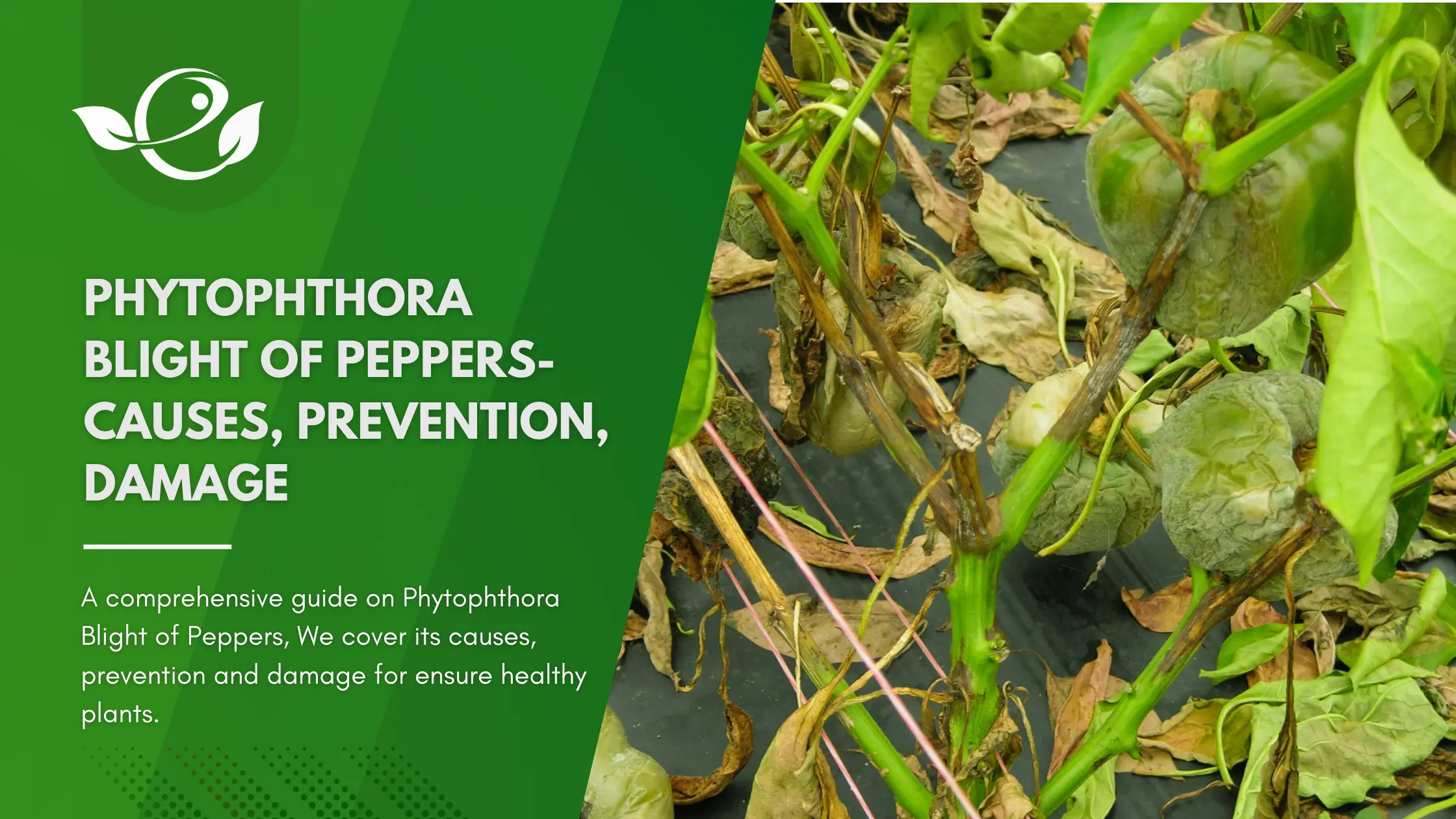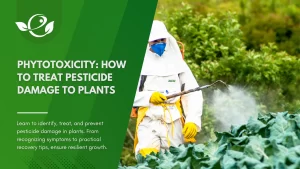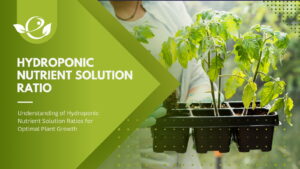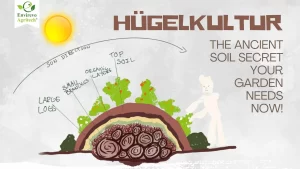Table of Contents
The vivid reds, yellows, and greens of peppers add not just color but also flavor to our plates. From the fiery heat of habaneros to the sweet crunch of bell peppers, this versatile vegetable is a staple in cuisines worldwide. However, as every pepper grower knows, cultivating these vibrant crops is not without challenges. Among the most insidious threats to pepper cultivation is blight—a devastating plant disease that can turn a thriving pepper garden into a scene of withered stems and rotting fruit.
Blight is not just a single disease but a term that encompasses several pathogens, each capable of causing widespread damage under the right conditions. Whether you’re a commercial farmer managing acres of crops or a home gardener nurturing a few plants, understanding the causes, prevention, control, and damage of pepper blight is crucial. This knowledge can mean the difference between a bountiful harvest and a failed crop.
In this comprehensive guide, we delve into the complex world of pepper blight. We explore the various types of blight, the environmental and biological factors that contribute to its spread, and the best practices for prevention and control. We’ll also discuss the damage blight can cause, both in terms of plant health and economic loss. By the end of this article, you’ll have a deeper understanding of pepper blight and be better equipped to protect your crops from this persistent threat.
Understanding Phytophthora Blight of Peppers
What is Blight?
Blight is a plant disease characterized by rapid and extensive damage to plant tissues, often leading to death. It usually manifests as dark lesions on leaves, stems, and fruit, which quickly spread and cause the affected parts to wilt, rot, or die. Blight is a particularly devastating disease because of its ability to spread quickly under favorable conditions, often leaving little time for intervention.
In pepper plants, blight can take several forms, each caused by different pathogens, including fungi, bacteria, and viruses. While the symptoms may vary slightly depending on the type of blight, the outcome is often the same—significant damage to the plant, reduced yield, and in severe cases, total crop loss.
Types of Blight-Affecting Pepper Plants
- Fungal Blight: Fungal blight is perhaps the most common type of blight affecting pepper plants. Phytophthora blight, caused by the pathogen Phytophthora capsici, is particularly notorious. This pathogen thrives in warm, moist conditions and can infect all parts of the pepper plant, including roots, stems, leaves, and fruit. Symptoms include dark, water-soaked lesions on stems and leaves, followed by wilting and plant collapse. Infected fruit may develop soft, sunken spots that quickly rot.

- Bacterial Blight: Bacterial blight in peppers is often caused by Xanthomonas campestris pv. vesicatoria. This pathogen primarily affects the leaves, causing small, water-soaked spots that eventually turn brown and become surrounded by a yellow halo. As the disease progresses, these spots may merge, leading to large areas of necrotic tissue. Severe infections can cause defoliation, reducing the plant’s ability to photosynthesize and leading to poor fruit development.
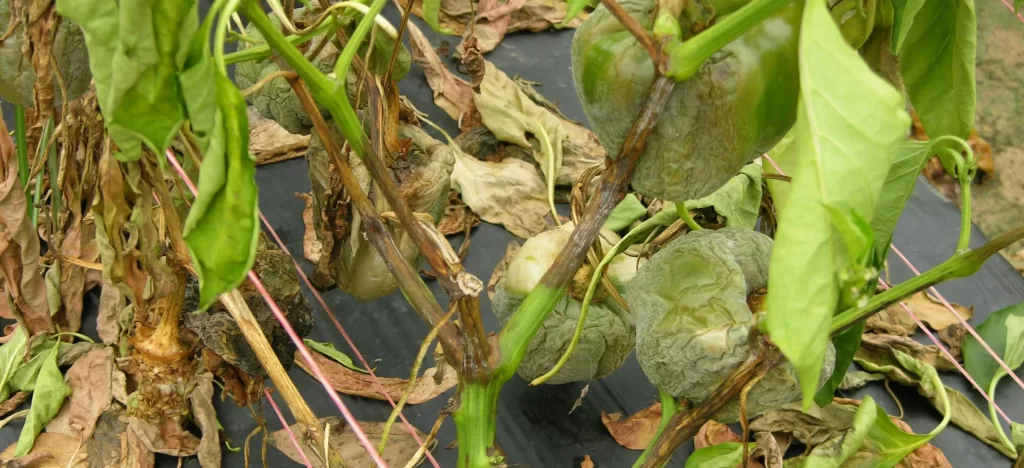
- Viral Blight: Viral blight, though less common, can be equally destructive. The Tobacco mosaic virus (TMV) is one of the viruses that can cause blight-like symptoms in pepper plants. Infected plants may show mottled or mosaic patterns on the leaves, along with stunted growth and malformed fruit. Viral blight is particularly challenging to manage because viruses are often spread by insect vectors such as aphids or through contaminated seeds and tools.
Blight Can also be found in– Brinjal, Capsicum & Chilli
Life Cycle of Blight Pathogens
Understanding the life cycle of blight pathogens is crucial for effective management. Most blight pathogens, particularly fungi and bacteria, have a multi-stage life cycle that includes spore production, dispersal, infection, and reproduction.
- Spore Production and Dispersal: Fungal spores are typically produced in large numbers and can be spread by wind, water, or human activity. Bacterial pathogens are often spread through water splashes or contaminated equipment.
- Infection: Once the spores or bacteria come into contact with the plant, they penetrate the plant tissue through natural openings like stomata, wounds, or areas of weakness.
- Reproduction: After infection, the pathogen multiplies within the plant tissues, causing the characteristic symptoms of blight. The cycle repeats as new spores or bacteria are produced and spread to other plants.
Environmental conditions, such as humidity, temperature, and rainfall, play a significant role in the spread and severity of blight infections. Warm, wet conditions are particularly conducive to the rapid spread of most blight pathogens.
Causes of Phytophthora Blight of Peppers
Blight is a complex disease, and its development is influenced by a variety of factors. These can be broadly categorized into environmental factors, agricultural practices, and biological factors.
Phytophthora capsici is a soilborne pathogen that can stand extreme environmental conditions. It can survive in plant debris on alternative hosts or in the soil itself for up to three years. It is later dispersed by irrigation or surface water. P. capsici grows at temperatures between 7°C and 37°C, around 30°C is optimal. Under ideal conditions of elevated temperature and high humidity, the disease can progress very rapidly. Cooler temperatures limit the spread of the disease.
Environmental Factors
- Moisture and Poor Drainage: Excessive moisture is one of the most critical factors in the development of blight. Pathogens like Phytophthora capsici thrive in waterlogged soils and high humidity. Poor drainage in the field can create conditions where water accumulates around the plant roots, leading to an ideal environment for blight pathogens to proliferate.
- High Humidity and Warm Temperatures: High humidity and warm temperatures create a microclimate that is favorable for the germination and spread of blight spores. In such conditions, the moisture on the surface of leaves and stems allows pathogens to infect the plant more easily. This is why blight outbreaks are often more severe in regions with humid, tropical climates.
- Poor Air Circulation: In dense plantings, air circulation is reduced, which can trap moisture around the plants and create an environment conducive to blight. Poor air circulation also hinders the evaporation of water from the plant surfaces, prolonging the period during which pathogens can infect the plants.
Agricultural Practices
- Overwatering or Improper Irrigation: Overwatering or using improper irrigation techniques, such as overhead watering, can contribute to the development of blight. Overhead watering wets the leaves and stems, providing a medium for pathogens to thrive. In contrast, drip irrigation, which delivers water directly to the root zone, helps keep the foliage dry and reduces the risk of blight.
- Use of Contaminated Tools or Seeds: Blight pathogens can be introduced into a field through contaminated seeds, tools, or equipment. For instance, using pruning shears on an infected plant and then on a healthy one can transfer the pathogen. Similarly, planting seeds from an infected crop can introduce blight into a new field.
- Lack of Crop Rotation and Monoculture Practices: Growing peppers in the same field year after year without rotation increases the risk of blight. The pathogens can survive in the soil and plant debris, and in the absence of crop rotation, they can build up to levels that cause severe infections. Monoculture practices, where a single crop is grown continuously, also contribute to the buildup of pathogens in the soil.
Biological Factors
- Pathogen-Carrying Insect: Insects such as aphids, whiteflies, and thrips can carry blight pathogens, particularly viral pathogens, from one plant to another. These insects feed on the sap of infected plants and then move to healthy plants, spreading the disease. Controlling these insect vectors is an essential part of managing viral blight.
- Spread from Infected Plants to Healthy Ones: Blight pathogens can spread from infected plants to healthy ones through direct contact, wind, rain splash, or even human activity. In a field with high plant density, the disease can spread rapidly, leading to widespread infection and significant crop loss.
Symptoms of blight in pepper plants
The symptoms of blight on pepper plants can vary depending on the type of pathogen involved. Common symptoms include:
- In dry areas, the infection is generally visible on the plant’s roots and crowns. Mature plants show symptoms of crown rot.
- At high relative humidities, all parts of the plant are affected.
- Leaf Spots: Small, water-soaked spots on the leaves that enlarge and turn brown or black.
- Stem Rot: Dark, sunken lesions on the stems that can cause the plant to wilt and collapse.
- Fruit Rot: Soft, sunken spots on the fruit that quickly enlarge and lead to decay. Fruits rot on the field, after harvest, or during storage.
- Wilting: Sudden wilting of the plant, often starting with the lower leaves and progressing upwards.
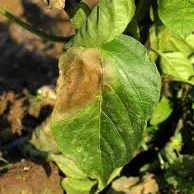
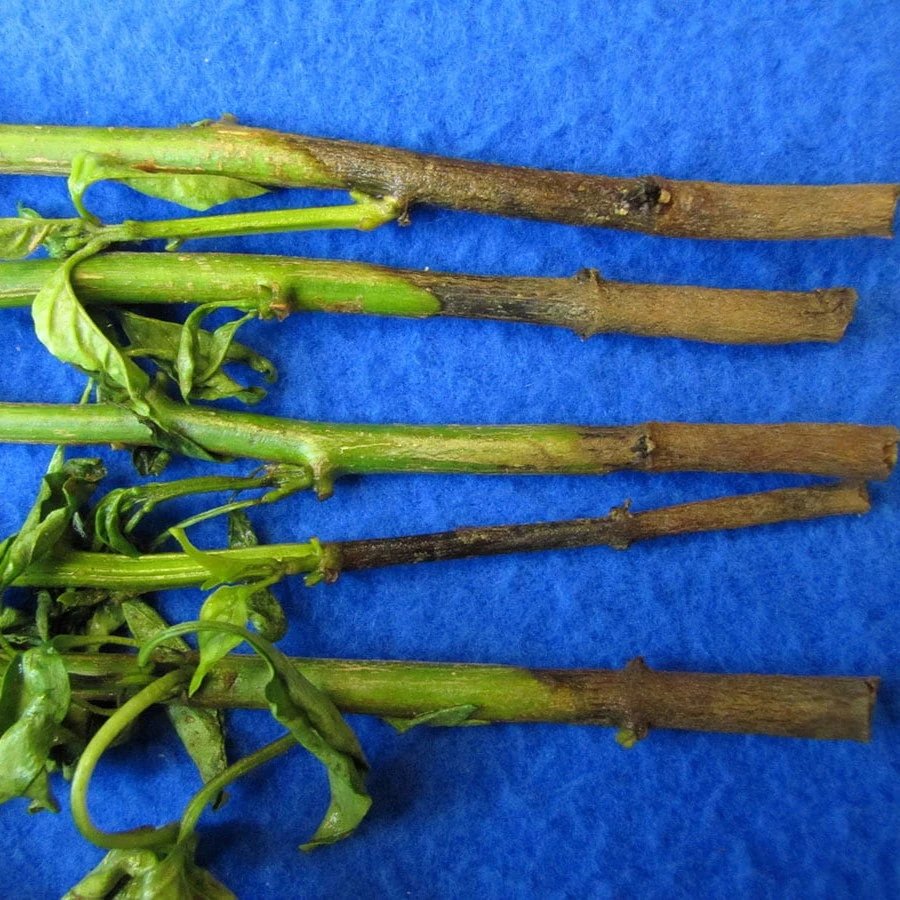
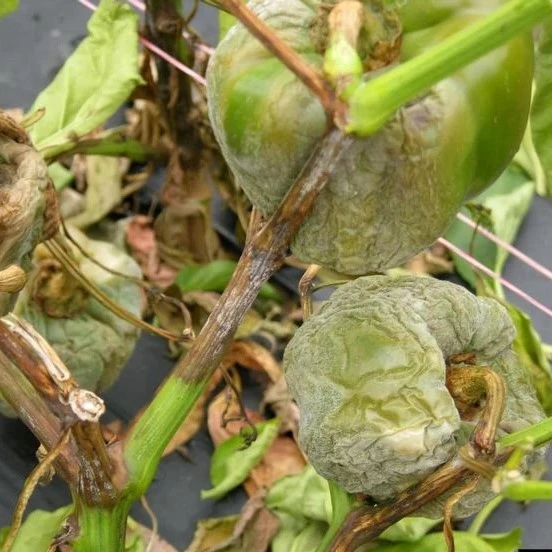

Prevention of the Blight of Peppers
Preventing blight is far more effective than trying to control it after it has taken hold. Prevention strategies should focus on creating an environment that is unfavorable for the pathogens and implementing practices that reduce the risk of infection.
- If possible check soil pH and adjust with lime.
- Add manure to the soil during field preparation.
- Grow tolerant or resistant varieties if available in your area.
- Proper drainage is crucial in preventing the conditions that lead to blight. Fields should be well-drained to prevent water from pooling around the plants’ roots.
- Reduce soil compaction by avoiding excessive irrigation.
- Use dome-shaped raised beds for an optimum drainage.
- Ensure no depression is left on the plant base after planting.
- Use plastic mulch to maintain soil moisture constant.
- Remove weeds and other alternative hosts in and around the field.
- Apply a balanced fertilization with split nitrogen applications.
- Water regularly and in the morning to allow plants to dry during the day.
- Ensure good field hygiene, particularly with water quality, clothes and tools.
- Implement a 2-3 years crop rotation with non-susceptible crops.
- One of the most effective ways to prevent blight is by ensuring proper spacing between plants. Adequate spacing improves air circulation around the plants, which helps to reduce humidity levels and speeds up the drying of leaves after rain or irrigation.
- Overhead irrigation can wet the leaves and stems, creating an environment conducive to blight. Instead, drip irrigation should be used, as it delivers water directly to the root zone without wetting the foliage.
- Applying mulch around the base of pepper plants can help to reduce the risk of blight by preventing soil from splashing onto the leaves. Mulch also helps to regulate soil moisture and temperature, creating a more stable environment for the plants.
- Regular pruning helps to improve air circulation within the plant canopy and reduces the number of sites where pathogens can enter. Additionally, removing and destroying infected plant parts as soon as symptoms appear can prevent the spread of blight to healthy plants.
- Working in fields when plants are wet can spread blight pathogens through physical contact and the transfer of contaminated soil or water. It’s best to wait until the plants are dry before engaging in activities such as pruning, weeding, or harvesting.
Chemical Control of the Blight of Peppers
Always consider an integrated approach with preventive measures together with biological treatments if available. Products containing mefenoxam applied as spray at planting, and complemented with a fixed copper fungicide two weeks after, will prevent infection during the foliar phase of the disease. Mefenoxam can also be used in drip irrigation systems to limit the damage to fruits when symptoms of crown rot are visible.
Select and apply only one products to your crops
Product recommendations are based on the following active ingredients;
- Azoxystrobin 11.0%, Tebuconazole 18.3% SC;
- Tebuconazole 25.9% EC;
- Kitazin 48.0% EC;
- Chlorothalonil 75.0% WP;
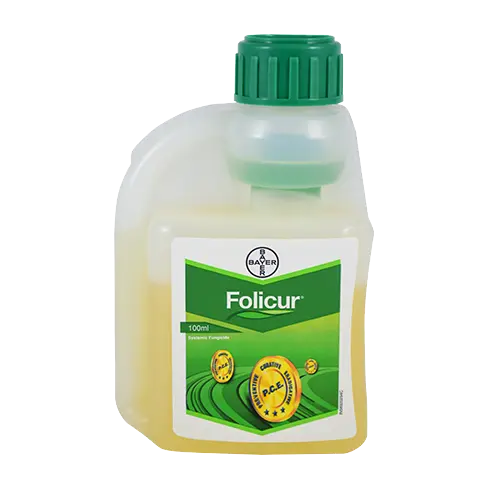
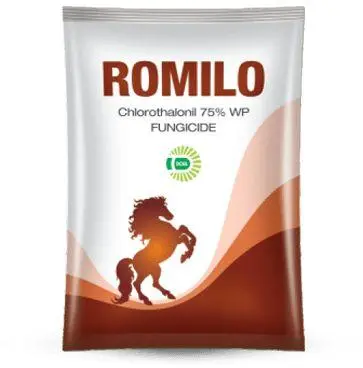
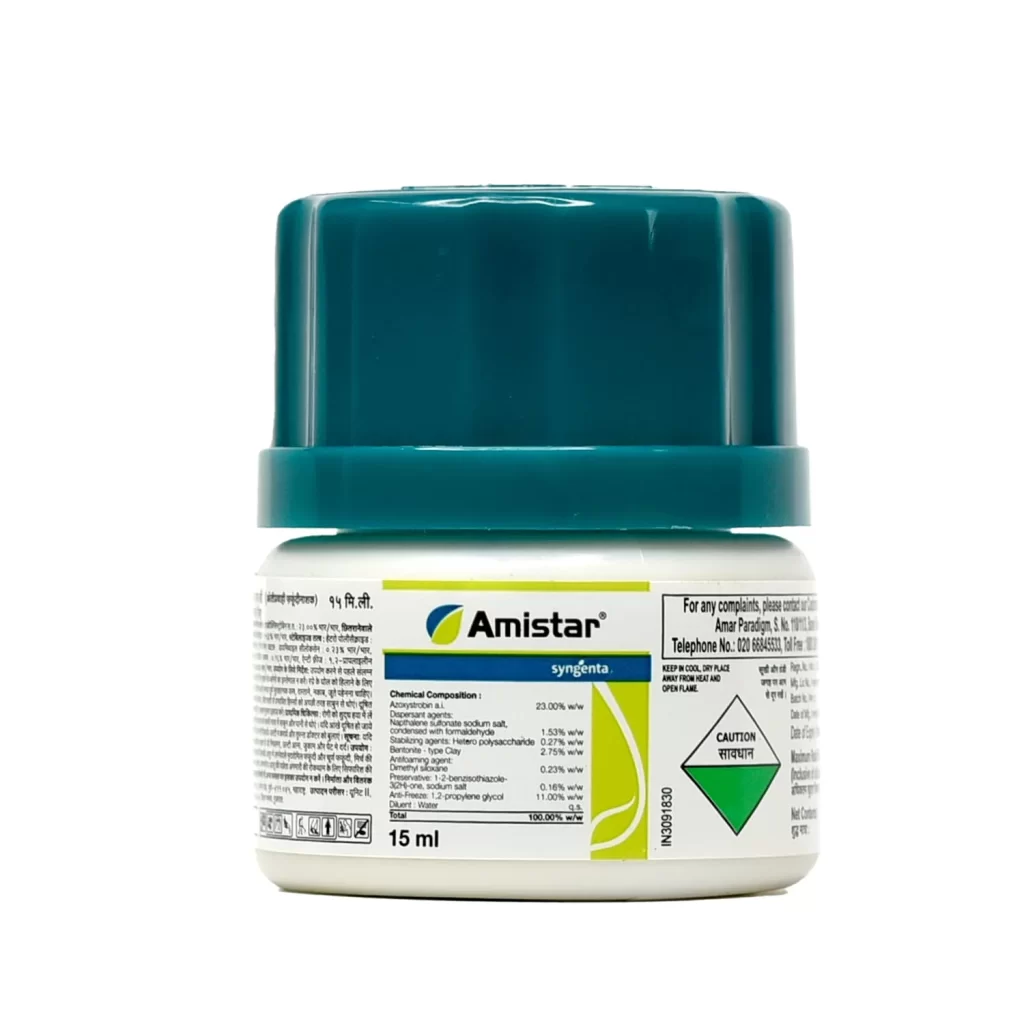

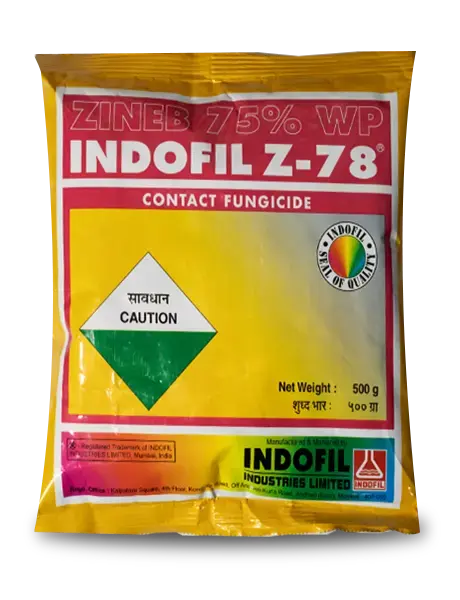
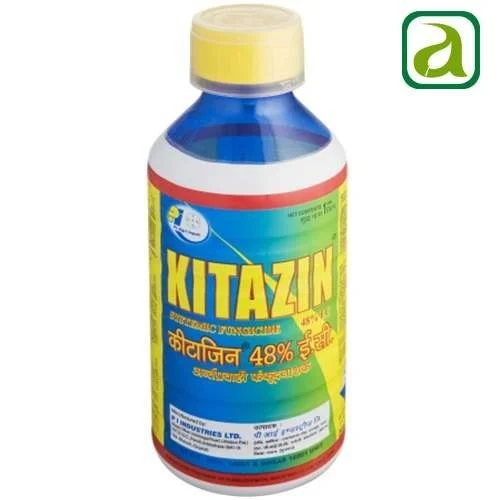


When using chemical controls, it is important to follow all safety guidelines to protect both the applicator and the environment. This includes wearing protective clothing, following the recommended dosage, and avoiding application on windy days to prevent drift. It is also essential to follow the pre-harvest interval (PHI) guidelines, which specify how long to wait after application before harvesting the peppers.
Organic Control
We recommend following organic control methods in the early stages of a disease or when the crop is close to harvesting. In more advance stages of a disease, please follow chemical control measures. Mixing or applying different products at the same time is not recommended.
The bacterium Burkholderia cepacia (MPC-7) has been tested positively for its antagonist effect against Phytophthora capsici.
- Use of Beneficial Microbes: Biological control involves using beneficial microbes to suppress the growth of blight pathogens. For example, certain strains of Trichoderma fungi are known to inhibit the growth of Phytophthora capsici by outcompeting it for nutrients and space. Similarly, beneficial bacteria such as Bacillus subtilis can be used to suppress bacterial blight by producing antibiotics that kill or inhibit the growth of the pathogens.
- Biopesticides: Biopesticides, which are derived from natural materials such as plants, bacteria, and certain minerals, can also be effective in controlling blight. These include products containing Bacillus species, which can be applied to the soil or foliage to protect against fungal and bacterial blight. Biopesticides are generally less harmful to beneficial insects and the environment compared to chemical pesticides.
Integrated Pest Management (IPM)
Integrated Pest Management (IPM) is a holistic approach to managing plant diseases, including blight. It combines cultural, biological, and chemical controls to reduce the incidence and severity of blight. The key to successful IPM is to use a combination of methods that complement each other and provide a more robust defense against the disease.
Monitoring is a critical component of IPM. Regularly inspecting the plants for signs of blight allows for early detection and intervention, which can prevent the disease from spreading. Tools such as disease forecasting models and weather monitoring can also help predict the likelihood of blight outbreaks and guide the timing of preventive measures.
In an IPM approach, decisions about when to apply chemical controls are based on the severity of the disease and the risk of further spread. This helps to minimize the use of pesticides and reduces the risk of developing pesticide-resistant strains of the pathogen. By combining multiple control methods, IPM provides a more sustainable and environmentally friendly approach to managing blight.
Conclusion
Pepper blight is a formidable challenge for growers, but with a thorough understanding of its causes, prevention, control, and damage, it is possible to manage this disease effectively. By implementing an integrated approach that combines cultural, biological, and chemical controls, and by staying vigilant for early signs of the disease, growers can protect their crops and ensure a successful harvest.
Blight may be persistent, but with knowledge and proactive management, its impact can be minimized. Whether you’re a seasoned farmer or a home gardener, the strategies outlined in this article will help you keep your pepper plants healthy and productive. Remember, the key to managing blight is prevention—creating an environment that is unfavorable for the pathogens and staying one step ahead of the disease.
By applying these principles, you can enjoy a bountiful harvest of vibrant, healthy peppers, free from the blight that threatens their growth.
